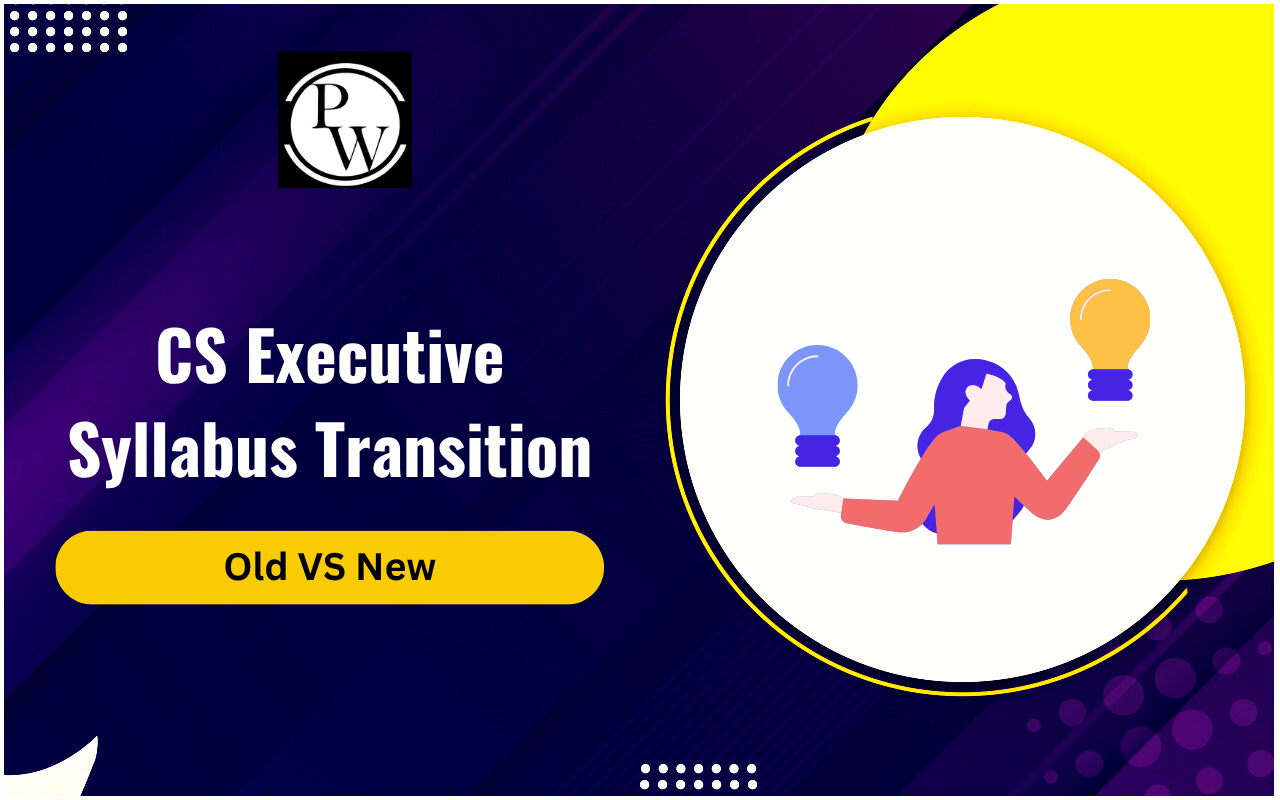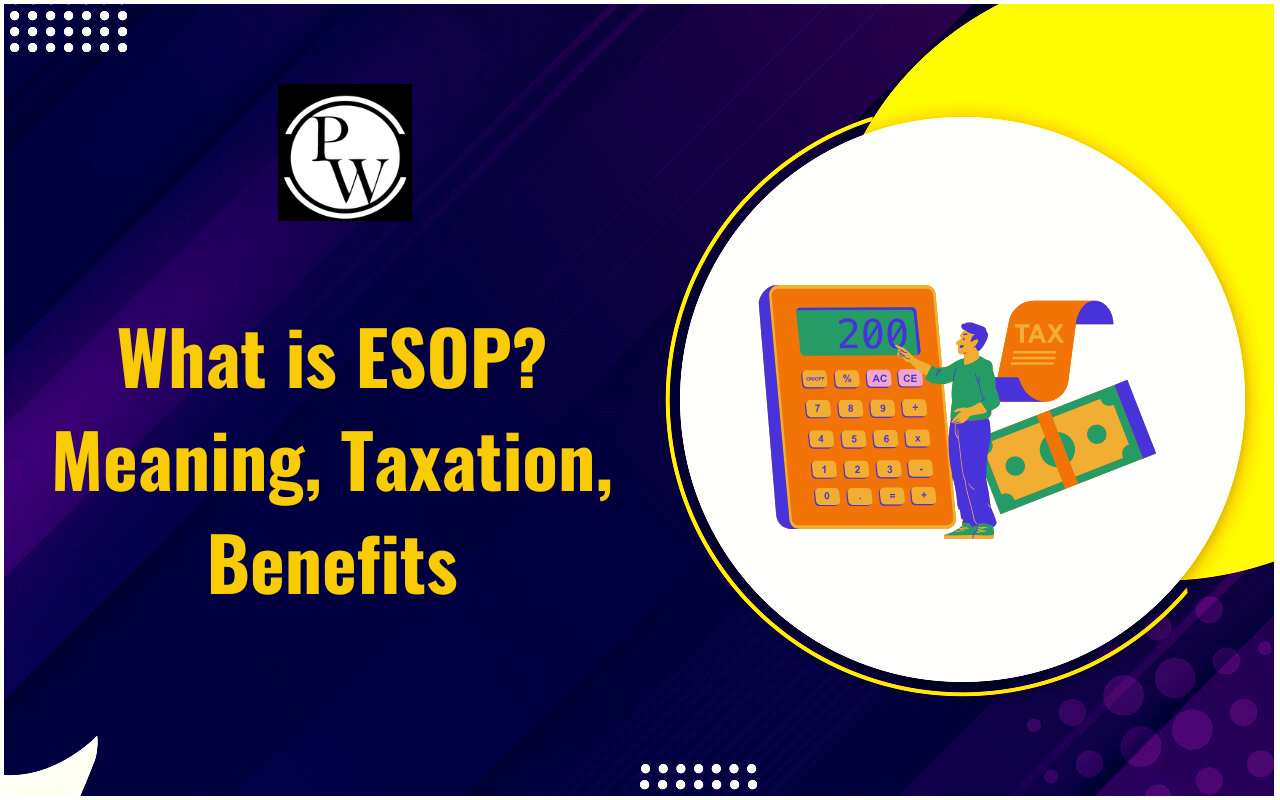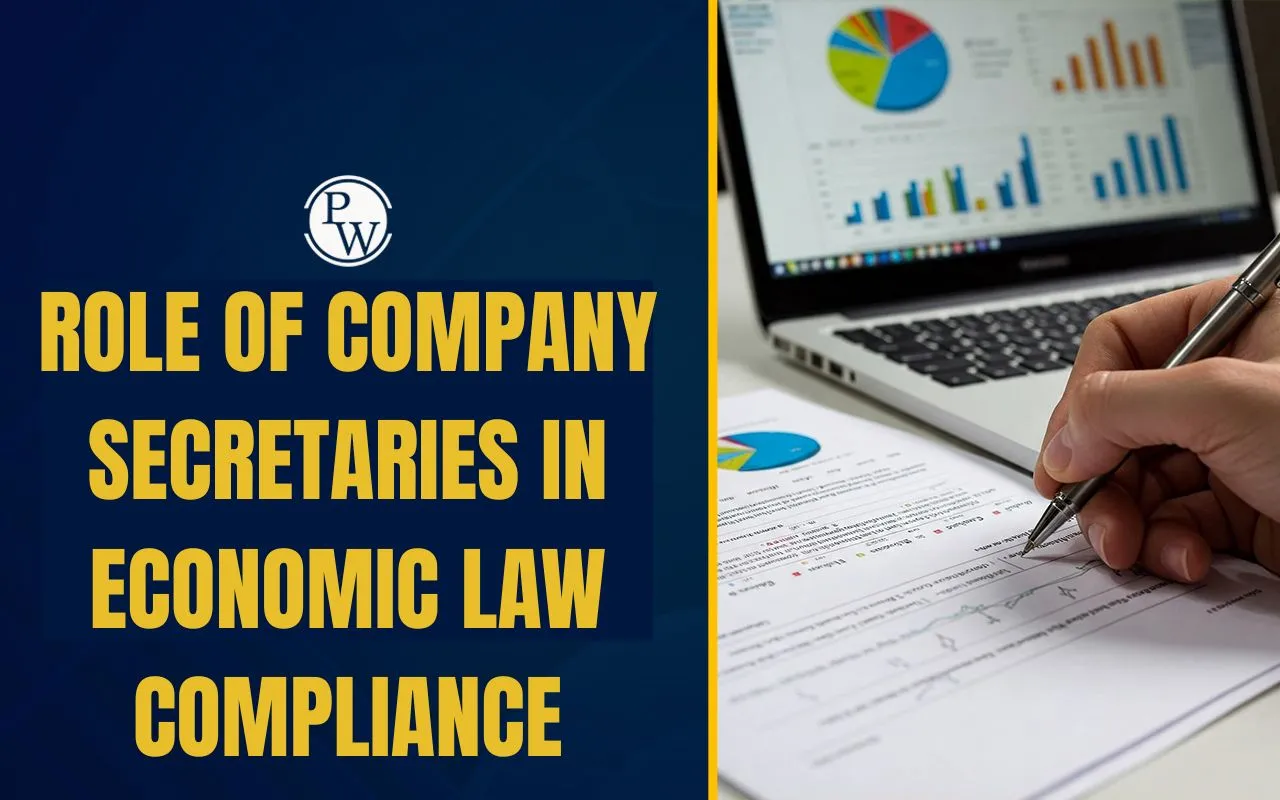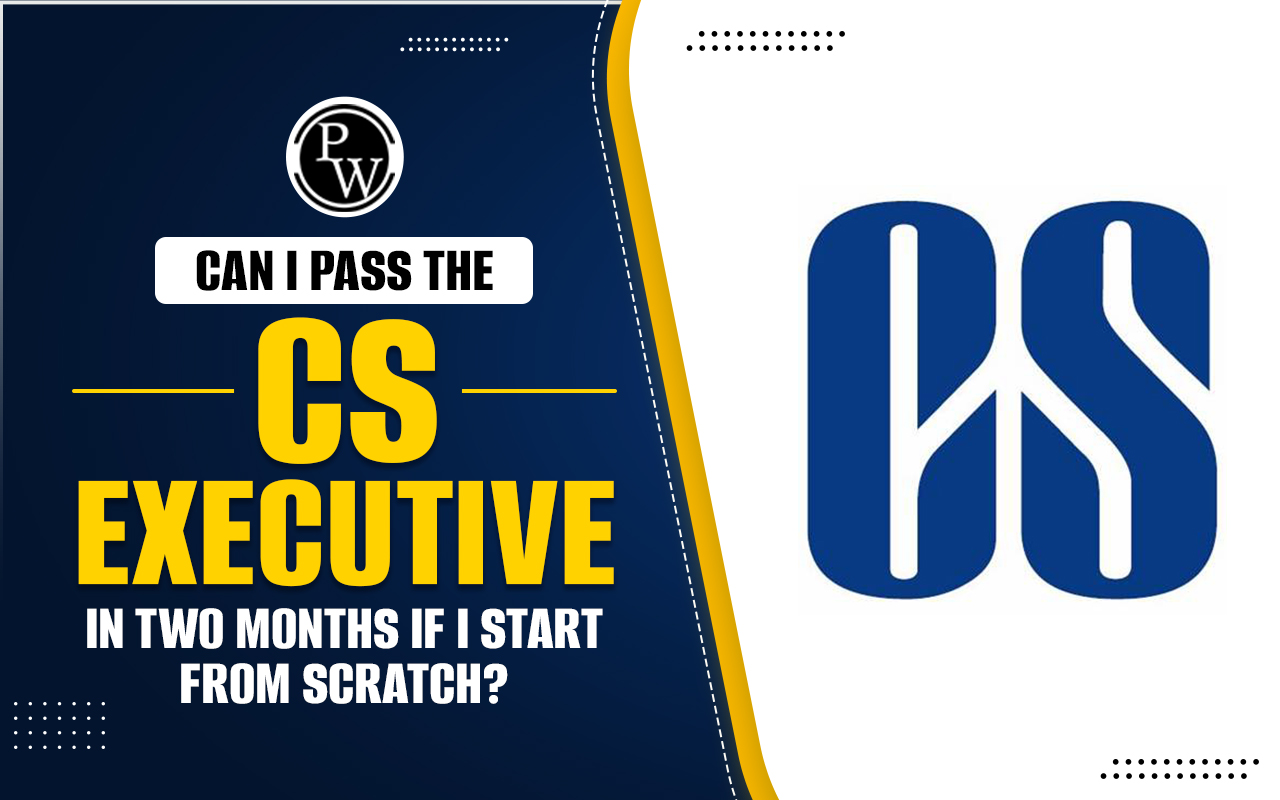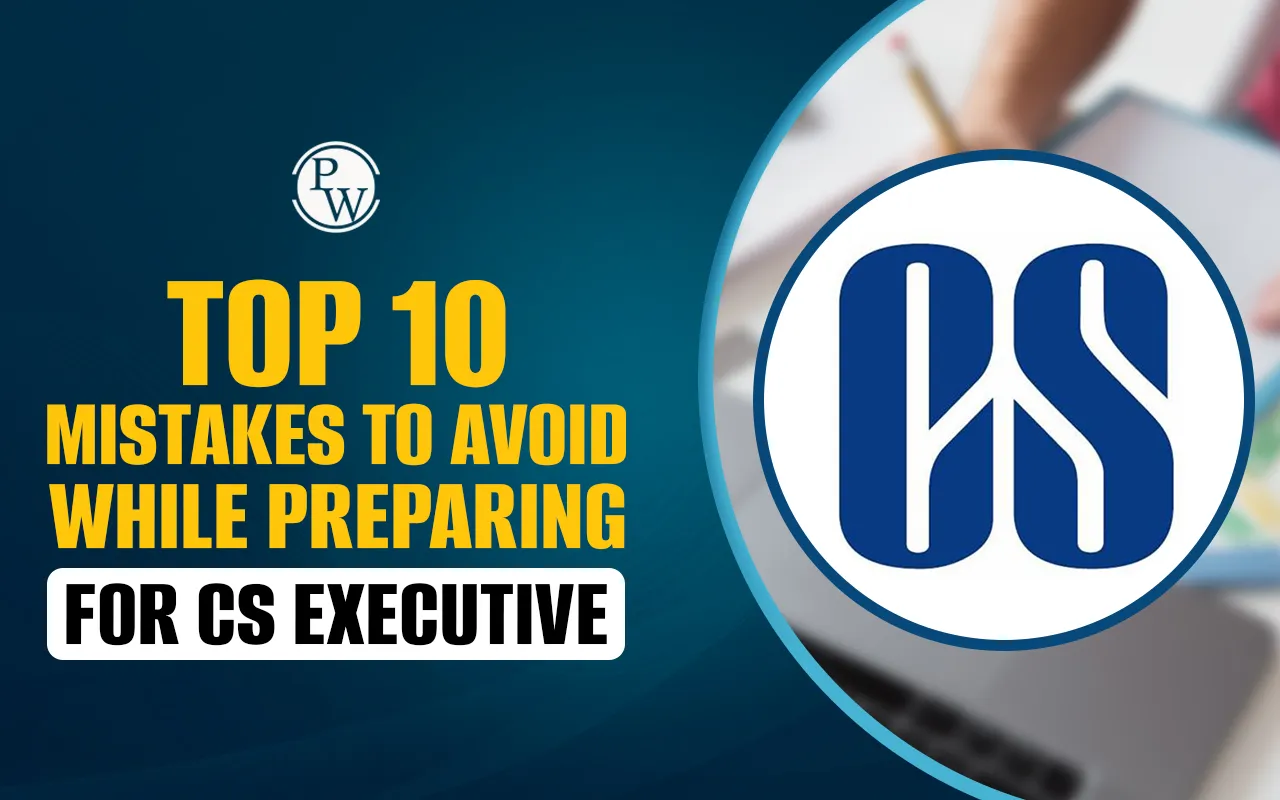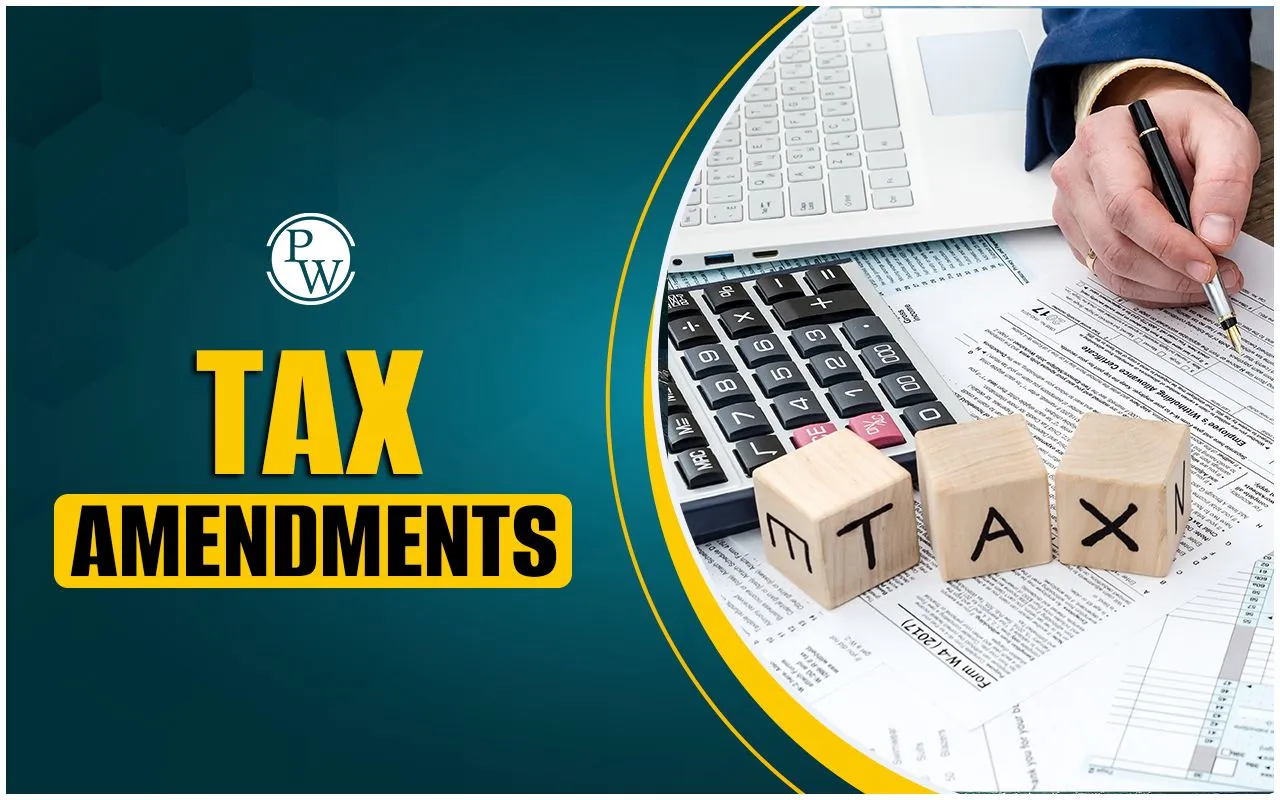
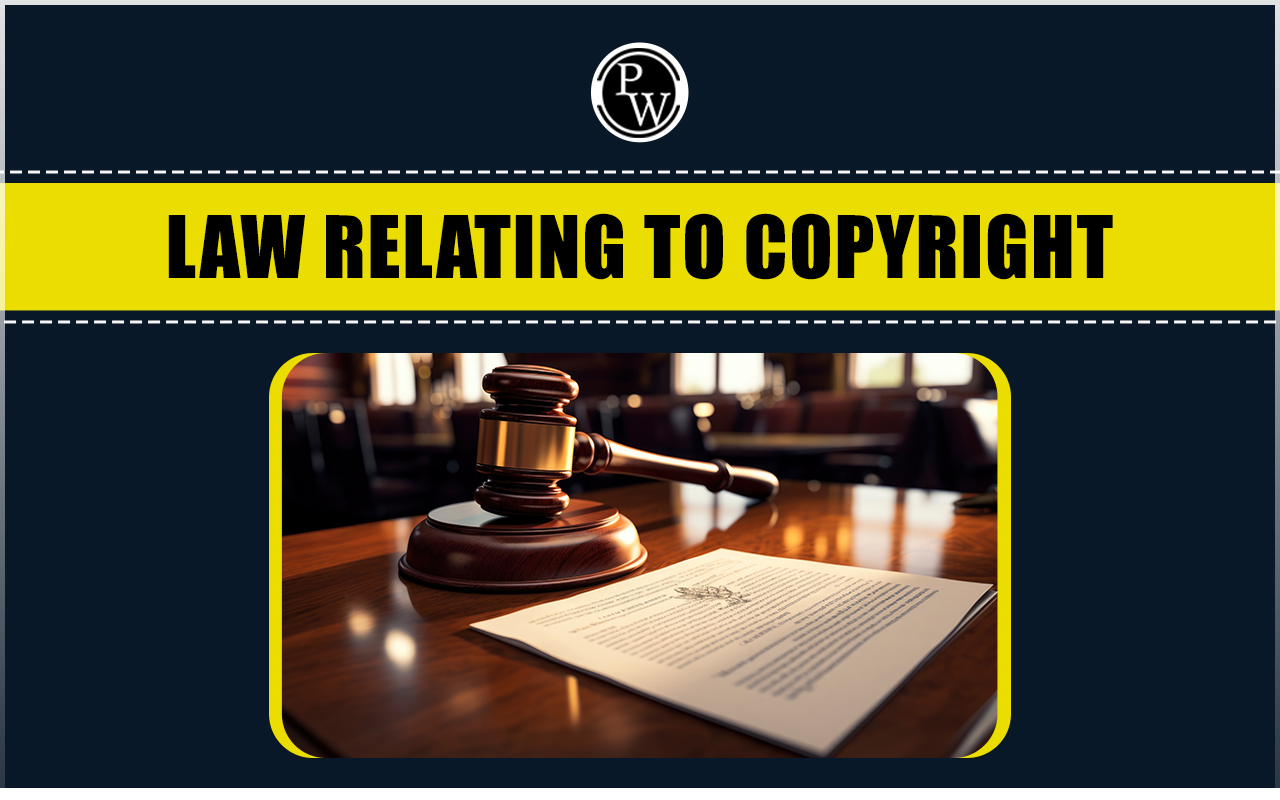
The laws relating to copyright govern copyright in India and ensure that the rights of creators of original works are safeguarded. These include the work done by literary, dramatic, musical, and producers of films and sound recordings. It also covers architectural works and computer software. It grants rights to reproduce, communicate, adapt, and translate their work.
Copyright protects authors' creations and rewards their creativity. In India, copyright regulation is primarily overseen by the Indian Copyright Act of 1957 and the Indian Copyright Rules of 1958. This article will explore these laws in-depth, detailing their provisions and how they govern copyright matters in India.The Copyright Act of 1957
The Copyright Act of 1957 and the accompanying Copyright Rules form the legal framework for protecting copyrights in India. These laws outline the rights of creators and provide guidelines on how their works can be used, ensuring that authors, artists, musicians, and other creators have their original works legally protected from unauthorized use or reproduction. One significant advantage of copyright protection is that it covers many countries worldwide, even if the work is first published in India. This is due to India’s membership in the Berne Convention. Works first published in India are automatically protected in all countries with the same agreements as India. So, there is no need to apply for copyright protection separately in those countries. Also, through the International Copyright Order of 1999, India has extended copyright protection to works first published outside India.The Evolution of The Copyright Acts
The first Copyright Act in India was passed in 1847 during the rule of the East India Company. Under this law, copyright lasted either for the author's lifetime plus seven years or 42 years. The government could grant a publishing license after the author's death if the copyright owner denied permission. In 1914, the Copyright Act was updated, including all forms of art and literature, inspired by the English law of 1911, to facilitate the spread of literature across the colonial subcontinent. The Copyright Act of 1957 replaced the 1914 Act, significantly changing copyright law. It remains India's oldest intellectual property legislation, which is still in effect.Features of The Copyright Act 1957
The specific features of the Copyright Act 1957 are mentioned below in detail:Rights for the Author under Copyright Law
According to Section 13 of the Copyright Act of 1957, copyright protects various types of works like books, music, plays, art, recordings, and films. For instance, books, poems, theses, and other written works are safeguarded as literary creations. Unlike patents, which protect inventions, copyright guards how ideas and information are expressed, not the ideas themselves.First Ownership Provisions
According to Section 17 of the Copyright Act of 1957, the original owner of a copyright is typically the creator of the work. However, if an employee creates the work as part of their job, the copyright may belong to the employer instead.Legal Civil and Criminal Remedies
Section 55 of the Copyright Act of 1957 details civil remedies for copyright infringement. These include getting damages, stopping the infringement through court orders, checking financial records, destroying or delivering infringing copies, and compensation for unauthorized use. Criminal remedies for copyright infringement are specified in Section 63 of the Copyright Act of 1957. These remedies include jail time, fines, and the search and seizure of infringing goods. The jail time can be up to 3 years but not less than 6 months, and fines range from 50,000 to 200,000 rupees.Establishment of the Copyright Office and Copyright Board
The Copyright Act of 1957 includes rules for creating a Copyright Office, managed by the Registrar of Copyrights, to register books and other artistic works. It also establishes a Copyright Board to handle copyright disputes. Section 9 of the Act sets up the Copyright Office, while Section 11 establishes the Copyright Board.Exemptions Under the Copyright Act, 1957
The Copyright Act of 1957 includes provisions for "Fair Dealing" as exceptions to copyright infringement, detailed in Section 52 of the Act. These exceptions allow for specific uses of copyrighted material without infringement. The key aspects of these provisions include:- Fair dealing is a legal limitation on the exclusive rights of a copyright owner. It allows for the reproduction or use of copyrighted work without copyright infringement.
- This provision permits specific uses of copyrighted material that are considered infringement. Such uses must meet specific criteria to qualify as fair dealing.
- Section 52 of the Copyright Act of 1957 outlines the conditions and types of uses that fall under fair dealing, providing legal protection for such uses.
- Fair dealing aims to balance the rights of copyright owners with the need for public access to creative works, enabling activities like criticism, review, news reporting, teaching, and research.
- Common examples include quoting excerpts for commentary or review, using works for academic purposes, and creating parodies or satires.
What are the Changes Made in the Copyright Act 1957?
The Act has been changed six times: 1983, 1984, 1992, 1994, 1999, and 2012. The specific changes involve the following listed below: In May 2012, the Indian Parliament approved the Copyright Amendment Bill, aligning Indian copyright law with international standards set by the WIPO Copyright Treaty (WCT) and the WIPO Performances and Phonograms Treaty (WPPT). Changes in Key Amendments:- Artistic Works, Films, and Sound Recordings: Updated rights for these categories.
- WCT and WPPT: Adjustments to comply with these international treaties.
- Author-Friendly Changes: Improved rules for assignment and licensing.
- Access to Works: Made it more accessible to access copyrighted works.
- Internet Piracy: Increased protection against online piracy.
- Copyright Board Reforms: Reformed the Copyright Board and made other minor changes.
Law Relating to Copyright FAQs
What is the other word for Copyright?
The other names for the word copyright are patent, trademark, or trade secret.
Who is the chairman of Copyright?
The chairman of the copyright Board shall be a person who is or has been a judge of the High Court or is qualified for appointment as a judge of the High Court.
What is the world's oldest copyright?
The British Statue of Anne 1710 was the first copyrighted statue.
Who introduced the Copyright Act?
The Indian Parliament passed the Copyright Act of 1957, moving away from the colonial laws introduced by the British government.
🔥 Trending Blogs
Talk to a counsellorHave doubts? Our support team will be happy to assist you!

Check out these Related Articles
Free Learning Resources
PW Books
Notes (Class 10-12)
PW Study Materials
Notes (Class 6-9)
Ncert Solutions
Govt Exams
Class 6th to 12th Online Courses
Govt Job Exams Courses
UPSC Coaching
Defence Exam Coaching
Gate Exam Coaching
Other Exams
Know about Physics Wallah
Physics Wallah is an Indian edtech platform that provides accessible & comprehensive learning experiences to students from Class 6th to postgraduate level. We also provide extensive NCERT solutions, sample paper, NEET, JEE Mains, BITSAT previous year papers & more such resources to students. Physics Wallah also caters to over 3.5 million registered students and over 78 lakh+ Youtube subscribers with 4.8 rating on its app.
We Stand Out because
We provide students with intensive courses with India’s qualified & experienced faculties & mentors. PW strives to make the learning experience comprehensive and accessible for students of all sections of society. We believe in empowering every single student who couldn't dream of a good career in engineering and medical field earlier.
Our Key Focus Areas
Physics Wallah's main focus is to make the learning experience as economical as possible for all students. With our affordable courses like Lakshya, Udaan and Arjuna and many others, we have been able to provide a platform for lakhs of aspirants. From providing Chemistry, Maths, Physics formula to giving e-books of eminent authors like RD Sharma, RS Aggarwal and Lakhmir Singh, PW focuses on every single student's need for preparation.
What Makes Us Different
Physics Wallah strives to develop a comprehensive pedagogical structure for students, where they get a state-of-the-art learning experience with study material and resources. Apart from catering students preparing for JEE Mains and NEET, PW also provides study material for each state board like Uttar Pradesh, Bihar, and others
Copyright © 2025 Physicswallah Limited All rights reserved.
